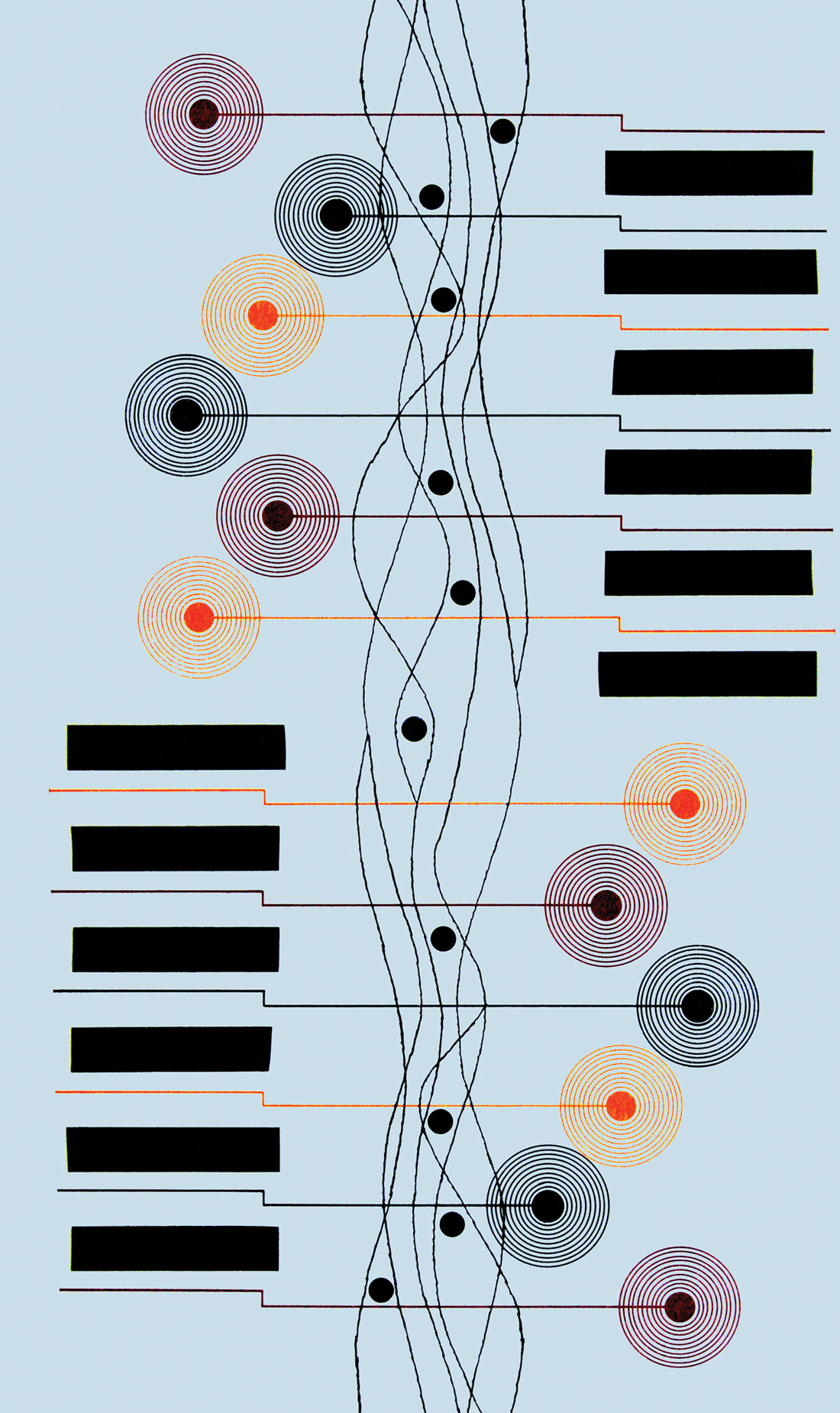Perhaps in a bid to thumb his nose at Thermionic Culture's usurpation of avian nomenclature, Dave Hill has come out of the Crane Song witness-protection program with a new sideline of self- labeled gizmos that have nothing to do with birds. They still have a lot to do with really good-sounding audio, and the electronics remain well-designed, but let's talk ancient history first.
According to my daughter (who's studying this) the Titans were the first set of gods that descended from the original creations and ruled the Golden Age. Crane Song hails from the Golden Age of audio when engineers were still trying to push the sonic envelope, and well-designed tools hadn't been overthrown by the ubiquitous Plugin of the Month (or Clone of the Month) club. Dave Hill is an engineer by trade and has been in this game a while; I don't remember exactly when his HEDD [Tape Op #26] first came out, but I know it was over a decade ago. It was the first box I can remember that brought the world of actually usable "analog simulation" to the studio. The Titan is an obvious sibling to - or evolution of - certain aspects of the HEDD. It can, theoretically, do this (compression), and might do that (limiting), and conceivably even the other thing (color), but (let's face it), this box has an obvious target market and that is stereo mix and mastering. If you love the HEDD process but wish for finer control (because I never turn those knobs past 3 o'clock), and pray to god that control be recallable, the Titan is your limiter. It's not a HEDD; it is another totally unique coloration tool from Dave, and it's a clone of... nothing else.
This is not the first piece of Class A, discrete outboard gear you buy. It's probably not the third, either. If you don't know what you're doing, this thing is a waste of your time, and it's going to take you a little work to figure out its secrets. This is for kids who like to swim in the deep end. It is, in my opinion, primarily a stereo-bus tool. Yes, you can use it on individual tracks like kicks and snares and vocals (it's stellar on vocals, actually - maybe I need three of these), but it really shines on the stereo bus. I had great fun messing around with it on mixes I already had finished, and using it to bring out various intricacies and fun flavors. This stuff is hard to explain in words.
There are numerous controls on this box, but the most obvious and fun differences are as follows. There's a display. It's color. It shows a graphical representation of... something. It also shows the exact settings for the usual freaky Crane Song-green knobs (Threshold, Attack, Release, Shape, and Gain) so that you can recall them exactly (by writing down their values, anyway). The red knobs are where things get interesting - VCA Color, Parallel Mix, and Dynamic Color - and there's a Fat/Air switch too.
VCA Color changes the compression character from clean to mean. Dynamic Color messes with the transients in a very strange and cool way. Parallel Mix is obvious and in my opinion should be included on any dynamics processor ever invented. Fat/Air switch kicks in a really nice boost/enhancement to the top and bottom and makes me wish they were on separate switches. I also sent the unit over to a mastering buddy for a second take. Dan Shike at Tone and Volume Mastering is renowned for his ability to work his magic on an incredibly wide range of material, from pop to metal to southern gospel. I totally trust his ears, and he predictably flipped over the Titan, saying, "Uh... wish I had gotten these Titans earlier. They're rocking. The Air switch is lovely. The speed adjustments are bitchin' for smooth control or a tidy spank. And the tone variety is fun. Did I mention the Air switch RULES?!? Want."
Control-wise, all the red knobs are stepped, and strangely, rotate without end-stops - which I quickly figured out was genius, because you can switch from full-on to full-off in one click (yes!). Thankfully, this digitally-controlled analog box will actually link, which means the master unit controls all the functions of both simultaneously, and the slave box tracks everything as it should. Personally, I'd love to have the option to bypass the sidechain- linking for times when I actually want my L/R channels to roam free, without having to delink the controls, but that's maybe just me.
I agree with Dan on the sonics, and it's because this box is so unique and good-sounding that I have to take Mr. Hill to task (along with all these other gear manufacturers). It's 2012, folks. Where the hell is the plugin control? Nobody recalls with a pencil anymore, and if they do, they certainly don't want to. Enough of this ancient history - if you've gone through the trouble of designing a digitally-controlled analog box, then get someone to code a plugin to control it. [Implementing a plugin to control external analog hardware isn't easy. Not only are you dealing with interfacing your plugin to the host DAW, but you need to control the external hardware via MIDI, USB, or Ethernet (all of which present their own challenges), while addressing latencies that exist across several layers (control I/O, host buffer, D/A converters). Moreover, users will expect noiseless transitions between settings during plugin automation. Note that Dave Hill does have significant plugin experience. Crane Song Phoenix (Tape Op #46) and Avid Heat (#82-web) are two of his designs. But yes, he agrees that software control is a direction that needs to be taken. -AH] ($1699 street; www.davehilldesigns.com)
-F. Reid Shippen <www.robotlemon.com>




_disp_horizontal_bw.jpg)